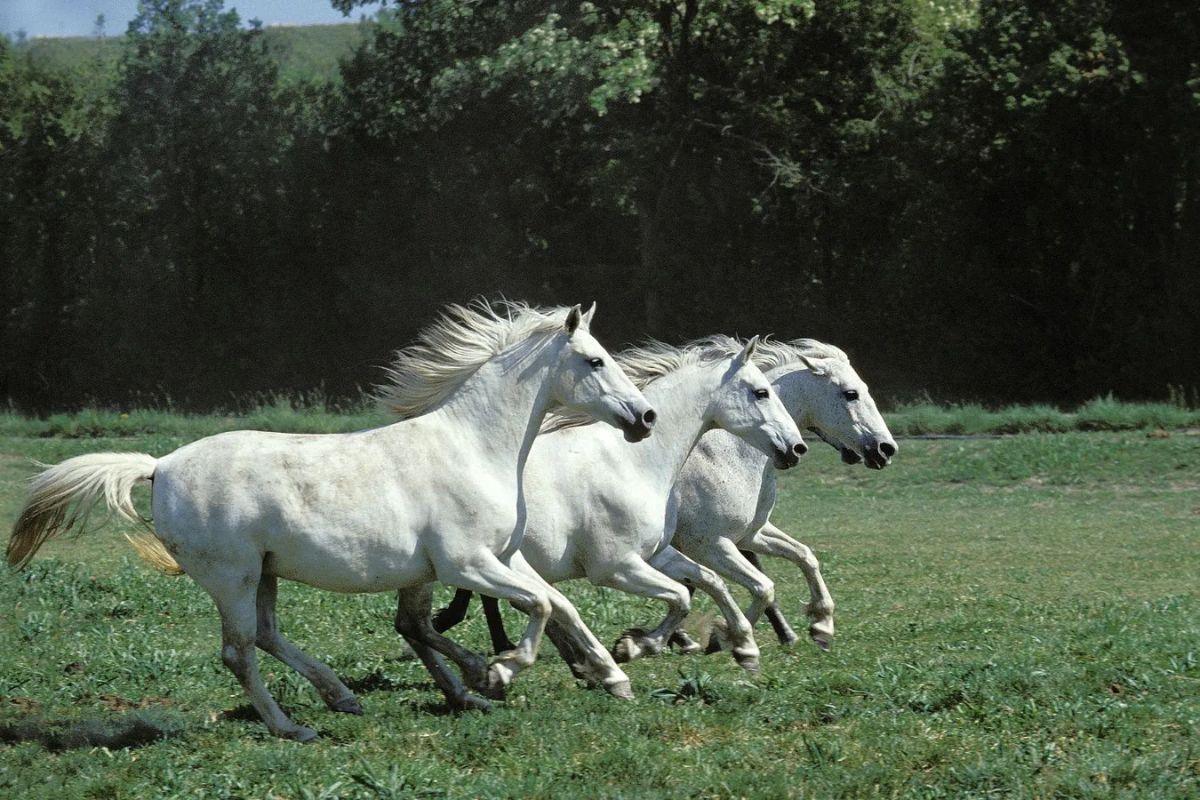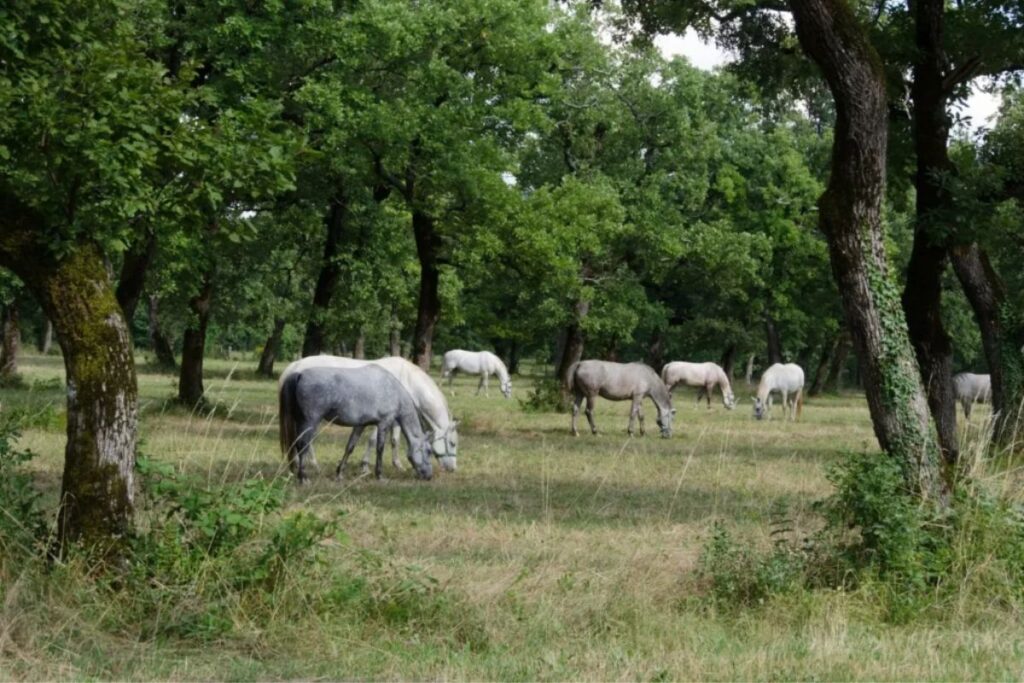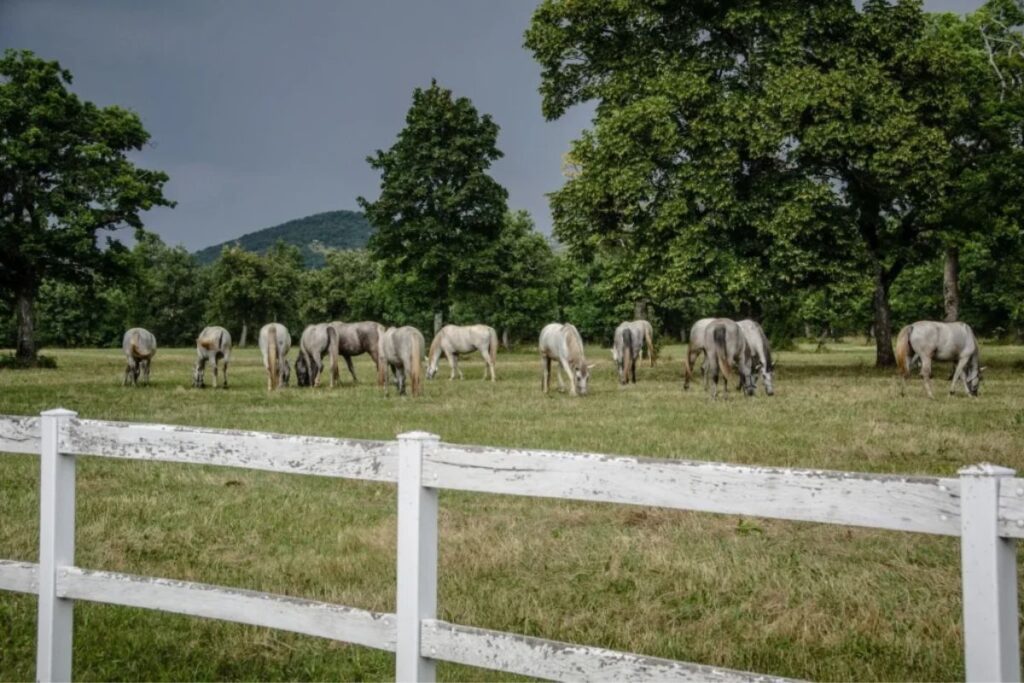Menu

There are mainly three breeds that have left their mark on equestrian sports, breeding, and war. The Arabian, with its Middle Eastern beauty and physical characteristics. The Thoroughbred, setting new standards for breeding and horse racing. And then there is the Lipizzaner. Although it was created in Renaissance Italy, it was originally Spanish in essence.
Read also: Breton: France’s versatile favorite
The story of the Lipizzaner begins in the 16th century. The place is Lipica (then spelled Lipizza), which is still located in Slovenia today. Charles II became the Archduke of Austria, Hungary, and Spain in 1564 and decided that Lipica was the perfect place to start a stud farm. Manege riding was very fashionable at the time, and Charles was a horse enthusiast – in the cool sense. He was on-trend and being incredibly wealthy certainly helped.
Charles wanted to breed from his own stock of horses instead of relying on foreign imports. Therefore, he sent for the best Andalusian horses that could be purchased from Spain. His dream was to create a breed that could deliver top performances at the Spanish Riding School in Vienna while also serving as a noble carriage horse.

His horse project met the requirements for a strong physique for the often demanding and always special dressage exercises. Many of these exercises are unique to this style of dressage, and some of them have been adopted from wartime manoeuvres. The original Lipizzaner stock was occasionally crossed with German, Italian, and Danish horses. In the 19th century, Arabians were also used in an attempt to improve the Lipizzaner. All of this was done to enhance the horse's abilities in dressage.
The Spanish Riding School is the very first of its kind in classical dressage. It officially started in Vienna in 1572 when it was founded by the Habsburg monarchy. The school is named after the Spanish horses that formed the foundation for riding instruction. As soon as the Lipizzaner was bred, it became the exclusive breed used. It takes seven years to fully train a horse. The school's principles in dressage discipline are also called "the high school". In 2008, 18-year-old American Sojourner Morrell and 21-year-old Hannah Zeitlhofer from Austria were admitted – the first female students in 436 years.
Read also: Andalusian Horses: Classic and Splendid
When it comes to the Lipizzaner's physique, nothing is left to chance. The head is long, the ears are pointed and alert, and the eyes are large and expressive. The neck is muscular, and the shoulder should be broad, muscular, sloping, and free in movement, though not as sloping as an English Thoroughbred or a Warmblood. The withers are relatively low, and there is often a slight sway in the back. The loin is wide and strong, which is a requirement for performing the often demanding exercises in dressage.
As a dressage horse, balance and strength are high priorities, and it has plenty of power in its robust legs, which end in small, strong hooves. The height ranges between 155 and 165 cm but can exceed the upper limit. The modern Lipizzaner is almost always grey, although brown or black individuals also occur.

When it comes to temperament, the Lipizzaner has naturally strong qualities. To fulfil its role as a dressage horse, it is, of course, both hardworking and intelligent. The breed is also known for its loving temperament and courage. It is enduring and balanced, both physically and mentally, and is excellent at handling stress. Although it matures relatively late, a Lipizzaner can perform well into its twenties.
In Austria, you can experience the Lipizzaners either at performances or during everyday training at the Spanish Riding School in Vienna. Here, only Lipizzaners are ridden in what can easily be described as the world's most beautiful riding hall.
And if you don't plan on travelling to Austria, there are still plenty of opportunities to see a genuine Lipizzaner. The breed continues to be raised in several countries outside of Austria. Italy, Romania, the Czech Republic, and Slovakia all have their own stud farms. You can also visit Szilvasvarad in Hungary during a weekend trip, where you can experience a historical exhibition about the Lipizzaner and watch one of their shows. The breed enjoys great popularity in the United States, while it is less widespread in the United Kingdom. South Africa and Australia also contribute to preserving the population of these dancing horses. So, now it can hardly be called a Spanish horse anymore. But the name continues, in keeping with tradition.
Read also: Maremmana: The Calm and Intelligent